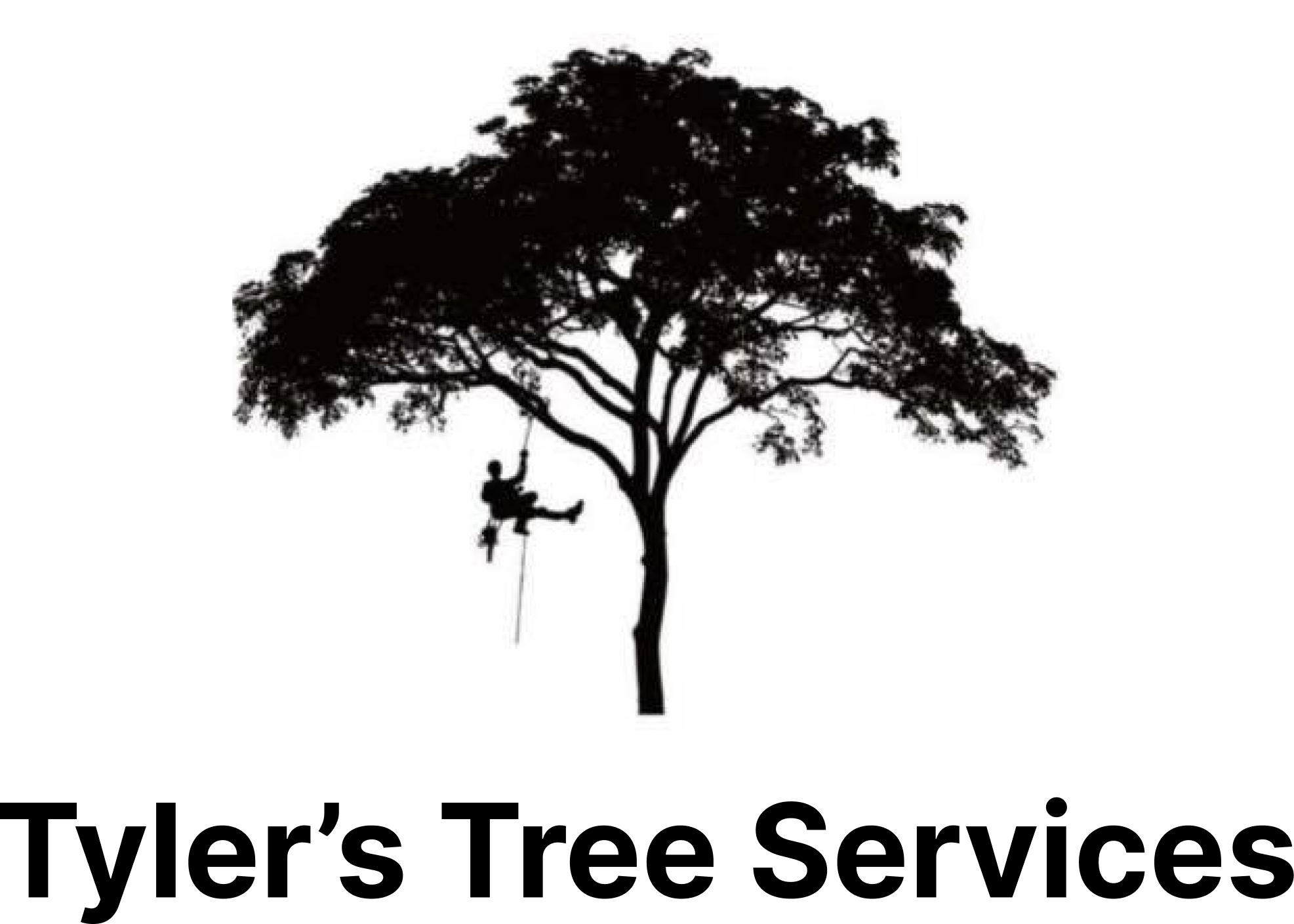Our Services
- Tree Removal
- Pruning
- Stump Grinding
- Reports
Tree & Limb Removal
Cutting and hauling away the branches, cutting down the trunk into smaller sections, and reducing the tree to a stump.
Reduction
Reduction reduces the size of a tree, often for clearance for utility lines. Reducing the height or spread of a tree is best accomplished by pruning back the leaders and branch terminals to lateral branches that are large enough to assume the terminal roles.
Raising
Removes the lower branches of a tree in order to provide clearance for buildings, vehicles, pedestrians, and vistas.
Thinning
A more drastic form of pruning. A thinning-out cut is the removal of an entire shoot, limb, or branch at its point of origin. This is usually employed to revitalize a plant by removing over-mature, weak, problematic, and excessive growths. When performed correctly, thinning encourages the formation of new growth that will more readily bear fruit and flowers. This is a common technique in pruning roses and for amplifying and “opening up” the branching of neglected trees, or for renewing shrubs with multiple branches.
Directional or Formative Pruning
Removal of appropriate branches to make the tree structurally sound while shaping it.
Vista Pruning
Selectively pruning a window of view in a tree.
Stump Grinding
A stump grinding machine is a little bigger than a large lawn mower. It has a wheel with sharp teeth that grind the stump into fine mulch. Stumps are ground 4 to 7 inches 4″-7″ below ground level. When finished, the mulch from the stump is raked back into the hole where the stump was, and in the place of a stump, you have a small bed of mulch.
Arborist Reports
Includes a detailed assessment of a tree(s) on and, in some cases, outside the property, including health, infestations, damage, proposed grade or site changes, and any other important notes about the tree(s). They also include any recommendations for maintaining the trees’ health, protection, or (when removal is needed) replacement planting recommendations.

